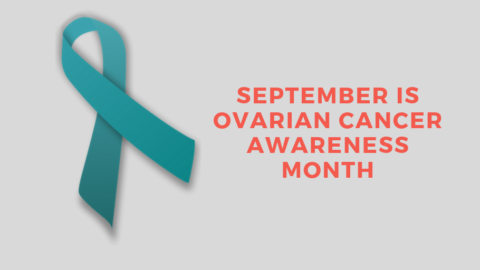In today’s era of globalization, it has become more apparent that a one size fits all medical model may not be the best of models.
In the United States, globalization has led to a convergence of people of various cultures and ethnic backgrounds. Different cultures have different approaches to medicine.
The western model of medicine, with its way of medicating more, may not always fit well with people who are used to a traditional way of care. The shift from a physician centered emphasis on healthcare to a patient-centric one allows organizations to better understand what the needs of its diverse consumers are.
As organizations become more adept at understanding what the needs of their consumers are, they become better able to perform thorough market assessments as part of the strategic development process. After market assessments are done, organizations will need to look internally to conduct organizational assessments and see if their organizations health services align with market preferences.
Foreign-born residents made up 13.7 percent of the U.S. population in 2017, a number which is at its highest since 1910. With such diversity comes the need to assess the health needs of diverse communities who have different healthcare needs (Lange, 2018).
Physicians may not know what is best for patients who come from different cultural backgrounds foreign to their own.
While Tylenol may be sufficient to treat John’s headaches, Sue may need peppermint oil to treat her headaches. A patient-centric form of healthcare may allow physicians to identify and understand patient differences in medical needs.
Identifying what these needs are, allows organizations to “target their services” to consumers. Furthermore, the shift to a patient-centric model of healthcare in the United States may be a pull factor for immigrants who want more individualized care. This in turn benefits organizations as they have more consumers.
As healthcare costs continue to rise, customers are now more engaged in their health and are more conscious of the health providers they choose. The power of the consumer “is becoming a more significant market force” today and customer service is now of paramount importance in healthcare.
Consumers are demanding more and more from their healthcare providers on all levels.
In the United States, the power that the consumer has to influence the health services that organizations provide could potentially be a pull factor for immigrants who may not have this same level of power in other countries. Lack of choice can push these migrants out of their home countries.
To pull the consumer to them, organizations can portray themselves differently depending on the populations they target. Organizations that cater to the needs of patients who prefer traditional medicine, can market their use of traditional oils and remedies.
While organizations that cater to consumers of western medicine, can market themselves as “cutting edge” and “technologically advanced.”
David Strome*
University of Washington student ’21
Lange, J. (2018, September 13). U.S. foreign-born population swells to highest in over a century. Retrieved February 9, 2019, from https://www.reuters.com/article/us-usa-immigration-data/u-s-foreign-born-population-swells-to-highest-in-over-a-century-idUSKCN1LT2HZ
*Views and thoughts are those of the individual.



